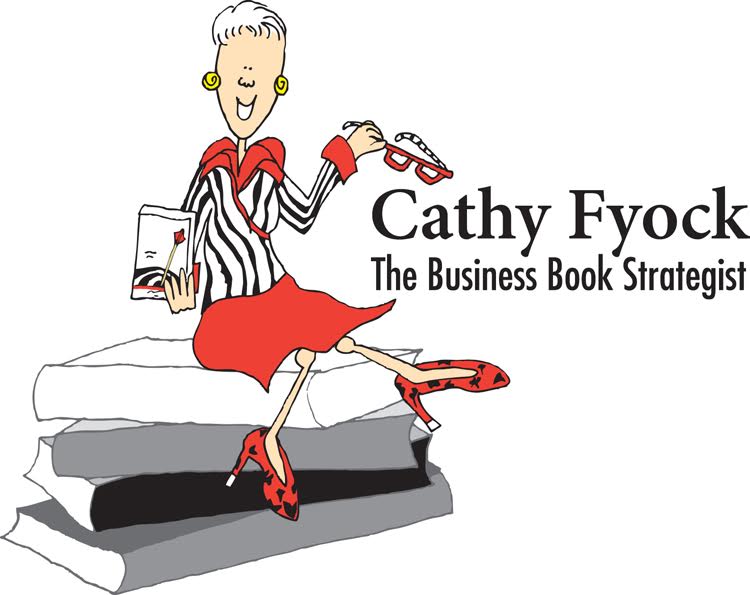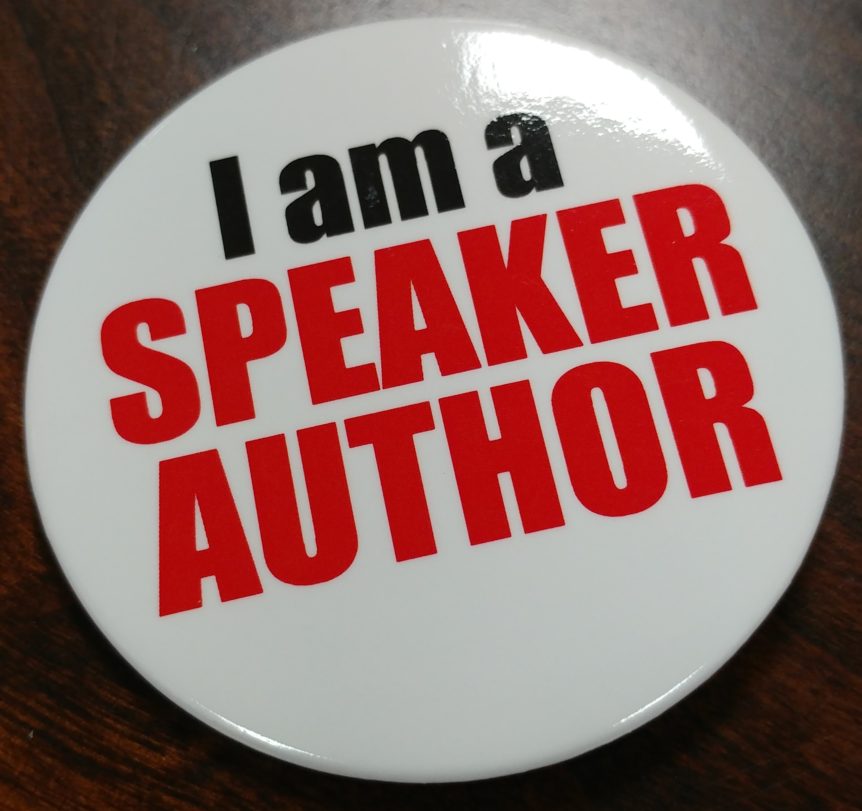Fred Johnson wrote his book, Five Wars, because he wanted to tell his story, both in written and verbal form. He had been able to secure some speaking engagements and wanted to do more. When he sent Cathy his “About the Author” narrative, there was no mention of Fred as a speaker, of his high program evaluations, or that he’d won the Louisville SLAM. It would have been a terrible mistake if he had not positioned himself as a Speaker Author in his “About the Author” section.
What should you include in your About the Author, and what shouldn’t you include? First and foremost, your About the Author is NOT a detailed resume or curriculum vitae highlighting all your awards, accomplishments, and job titles. It needs to have relevance to your reader. What does your reader need to know about you in order to value your perspective and what you’ve brought to the table? A good place to start is with your positioning statement.
What you’ve done
In this section, highlight ONLY those activities that are important to your reader. If the reader doesn’t know what your credential means, then either omit it or explain it. You shouldn’t give a blow by blow description of your work history, but rather, a high-level summary of the most important elements.Remember, when you try to attract interest to everything, you actually draw interest to nothing.
Remember, when you try to attract interest to everything, you actually draw interest to nothing.
#SpeakerAuthor
What you do
The next section should include what you do, and should give the reader an idea of how the reader might engage with you. Are you a speaker, a consultant, or a coach? List all of the vehicles you use to take your information-your intellectual property to the market. How do you work with your clients? What problems do you solve?
As a speaker, you’ll want to include the types of programs you offer, and perhaps name drop your most impressive client names. If you work with a specific industry or with certain professionals, you’ll want to be clear about that work to the degree you want more of that work.
Connecting points
We used to think that some of the “fun facts” were just fluff, but we’ve come to understand that these can be connecting points for our readers. Are you a dog person? Do you love opera? Do you play an instrument or speak another language? Have you lost weight? While not related to your topic, these personal attributes make you more real to your reader.
Cathy often shares that one of her license plates says “QUEENB” and that Diane Sawyer’s mother was her third grade teacher. Lois adds that she works Buddy, the Intern (her Labrador retriever). When Facebook followers suggested she create a page just for Buddy she said explained if she did, she’d have less interaction on her own page.
Activity: Create three lists: one of your most impressive credentials (for your readers), what you do (that helps your readers relative to this book), and some fun facts. Now create your “About the Author” using these three lists.

